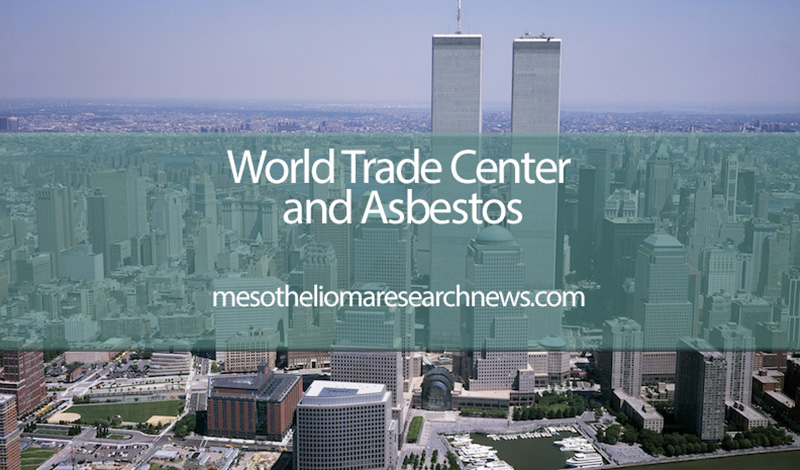From the late 60s until the early 70s, builders were constructing the World Trade Center (WTC). It has been estimated that the WTC had approximately 400 tons of asbestos in the structure’s insulation, alongside drywall and other fireproof materials. At that time, very little research had been done regarding the hazards to health from asbestos, and due to its heat resistance and pricing, it became a very appealing construction material.
Fast forward to September 11th, 2001 and the fateful day when four terrorist attacks occurred in the United States. Most notably the World Trade Center was hit by an aircraft and subsequently both towers collapsed, unleashing a dust cloud full of toxic fibres, including asbestos, across the entirety of Manhattan.
The average mesothelioma latency period is 20 to 50 years, with studies finding an average of 30 to 45 years in recent years. It is anticipated that hundreds of thousands of people might be afflicted with mesothelioma or other forms of asbestos-related diseases following the tragedy, which won’t be uncovered for years to come.
On the tenth anniversary of the 9/11 attacks, the Government of the United States approved what is now called the James Zadroga 9/11 Health and Compensation Act. This law served the purpose of providing medical care and monitoring of people who may be suffering from health problems related to the fall of the World Trade Center. It also advocates the ban on the usage of asbestos.
Learn more about mesothelioma here: http://bit.ly/MesoRN
Mesothelioma Research News is strictly a news and information website about the disease. It does not provide medical advice, diagnosis or treatment. This content is not intended to be a substitute for professional medical advice, diagnosis, or treatment. Always seek the advice of your physician or other qualified health provider with any questions you may have regarding a medical condition. Never disregard professional medical advice or delay in seeking it because of something you have read on this website.


